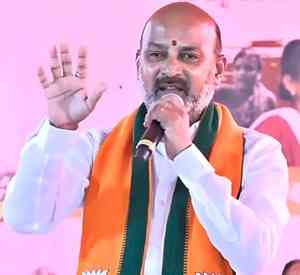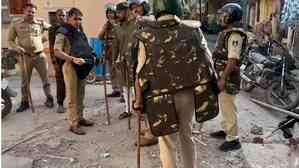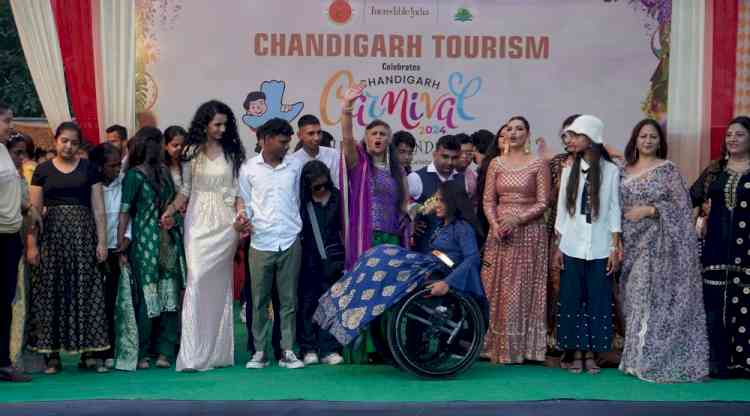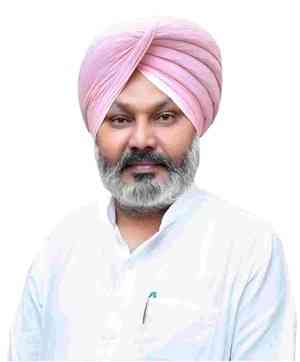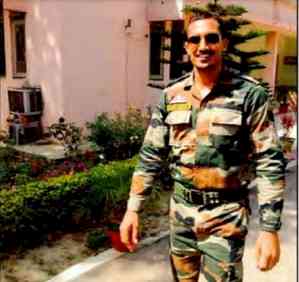Did Jagmohan really fail as J&K Governor in 1990?
Did Jagmohan Malhotra fail as the Governor of Jammu and Kashmir during his second term when militancy blew out of control in 1990?
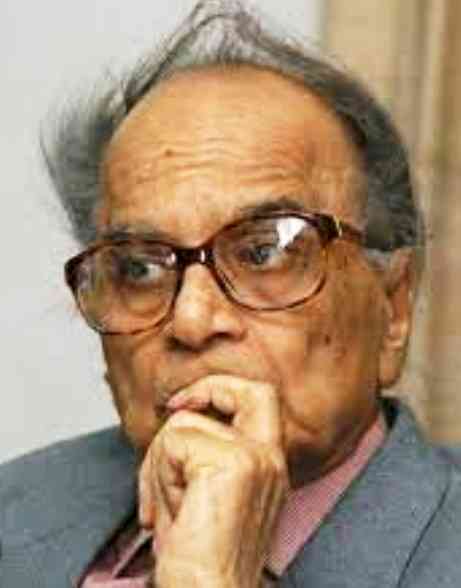
Srinagar, March 19 (IANS) Did Jagmohan Malhotra fail as the Governor of Jammu and Kashmir during his second term when militancy blew out of control in 1990?
The answer to this question may be difficult, but it is not impossible to find.
Rubaiya Sayeed, the daughter of Mufti Mohammad Sayeed, was kidnapped by the JKLF on December 8, 1989. Mufti Mohammad Sayeed was the country's Home Minister and his political arch-rival, Farooq Abdullah, was the Chief Minister of the state that time.
It is widely believed that Abdullah did want to agree with the release of five top JKLF leaders who were in prison in exchange for Rubaiya's safe release by her abductors.
Abdullah insisted that accepting the JKLF demand would give a major boost to militancy and create a congenial atmosphere for future kidnapping by the militants.
Mufti Sayeed and his family members asserted that by refusing to release the JKLF prisoners, Abdullah was trying to settle a longstanding political grudge against Sayeed.
It was against this background that the Central government headed by V.P. Singh sent Jagmohan as the new Governor of the state.
Jagmohan took office on January 19, 1990, and Abdullah resigned as the Chief Minister the same day.
It is common knowledge that had Abdullah not resigned, Jagmohan would have dismissed his council of ministers.
A huge Pro-Azadi procession was carried out in Srinagar and the security forces intercepted the procession in Gaw Kadal area on January 21, 1990.
Fifty protesters were killed in firing by the security forces in Gaw Kadal and the incident happened barely two days after Jagmohan assumed office.
It is believed that the Gaw Kadal procession had a large number of Avdullah's supporters, who found an occasion to vent their anger against the appointment of Jagmohan as the state's Governor.
A large majority of top brass in the local police and the civil administration belonged to the loyalists of the Abdullah family. There was a total non-cooperation by the local officers with Jagmohan and his advisors.
This forced Jagmohan to quickly bring some senior police and civil officers from outside to re-establish the writ of law.
During this period, militants killed Mirwaiz Molvi Mohammad Farooq in his Nigeen residence in Hazratbal area of Srinagar. Militants believed that Mirwaiz was negotiating peace with the Governor's administration.
The funeral procession was mishandled by the local police and the state intelligence totally failed to alert Jagmohan that militants had joined the funeral procession.
Outside the Islamia College, Central intelligence agencies said, militants opened fire at a CRPF bunker.
In panic, the security forces fired directly at the funeral procession and in this incident, 60 people were reportedly killed on May 21, 1990.
Jagmohan had to face the wrath of the same Central government that had sent him as the Governor of the state for the second term since he had proved himself as the most popular Governor during his first term.
Following a hostile administration, the anger of the separatists supported by the activists of the National Conference and with hardly any time to put his act together, Jagmohan was recalled by the Centre and General Krishna Rao was rushed to replace him.
The question whether Jagmohan really failed as the Governor of J&K during his second term has a logical answer.
Jagmohan hardly had the time to re-establish the authority of an administration that had spinelessly surrendered before the separatists.
It was literally a one-man show as Jagmohan found every wing of his administration infiltrated by the anti-nationals and their sympathisers.
It is said that their supporters in the local intelligence took away secret documents from official files and gave their copies to the militants to identify their targets.
In some cases, the separatist loyalists acting in absolute haste kept photocopies of the files and instead gave the originals to the militants.
Faced with these realities, four months were no time for Jagmohan to either prove himself or reclaim the authority of a crippled administration.
He was failed by the very hands with which he was supposed to succeed.


 IANS
IANS 

